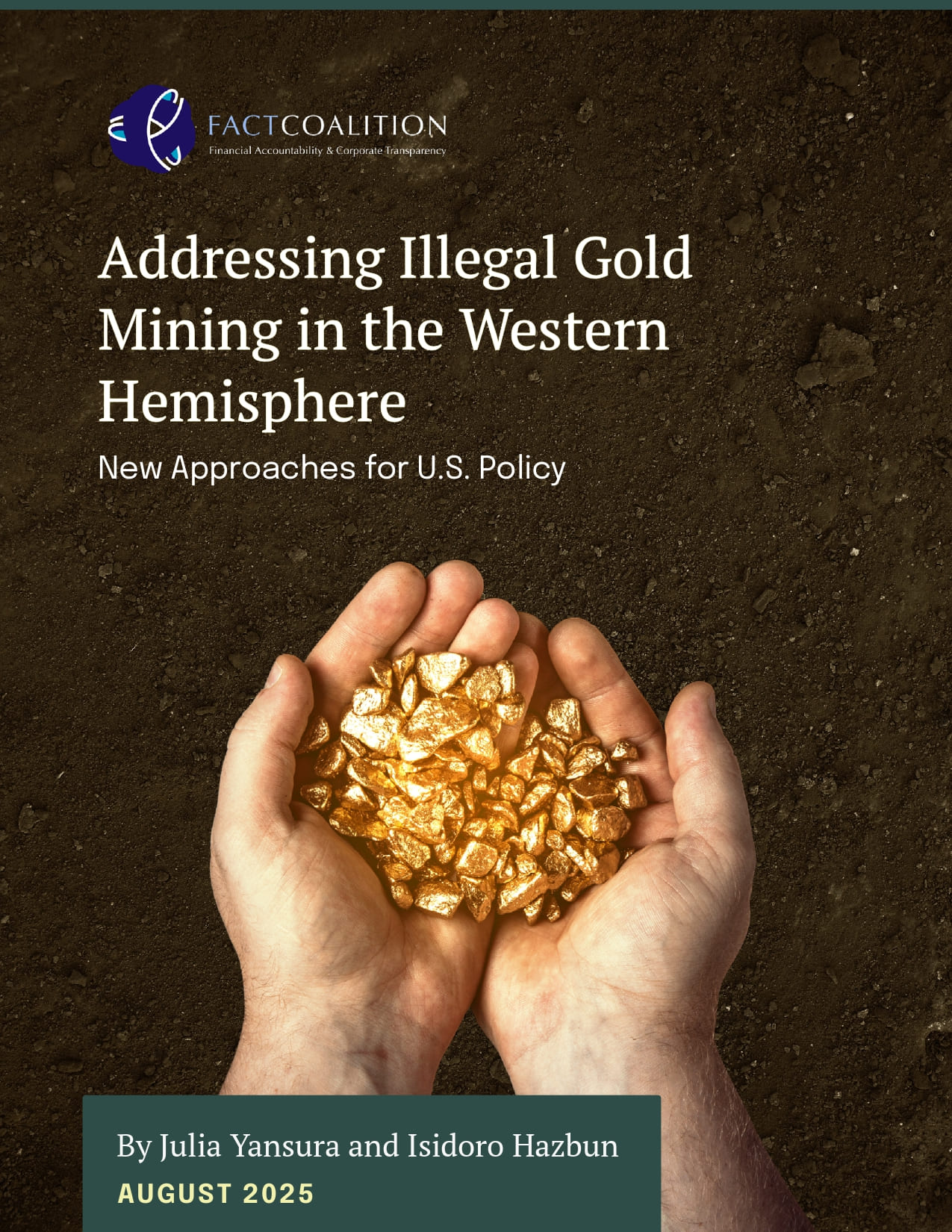Illegal gold mining constitutes an existential threat to ecosystems and communities in the Amazon region, where it contaminates water and food sources, contributes to illegal deforestation, threatens local livelihoods, and exposes communities to violence and human rights abuses.
The effects of this illicit economy can also be felt in the United States. Illegally sourced gold linked to conflict and organized crime is arriving at our doorstep.
Fortunately, there are many opportunities for the U.S. to act. This report begins by analyzing the current threats posed by illegal gold mining, gold trafficking, and associated money laundering. Drawing on examples from select South American countries – Colombia, Peru, Ecuador, and Venezuela – it makes the case that illegal gold mining has become a crisis too large for the United States to ignore. The report concludes by presenting solutions that the United States should adopt to address the threats posed by illegal gold mining.
A Spanish translation of this report can be found here.

